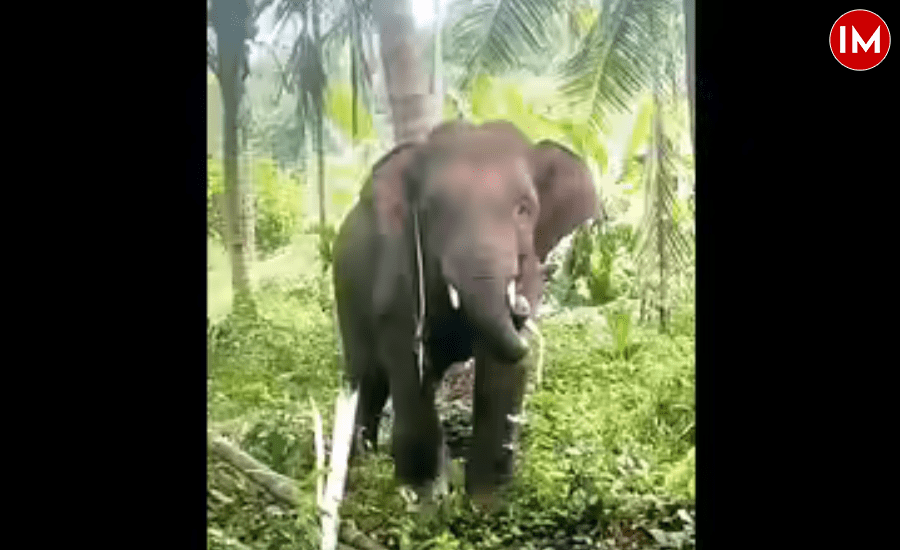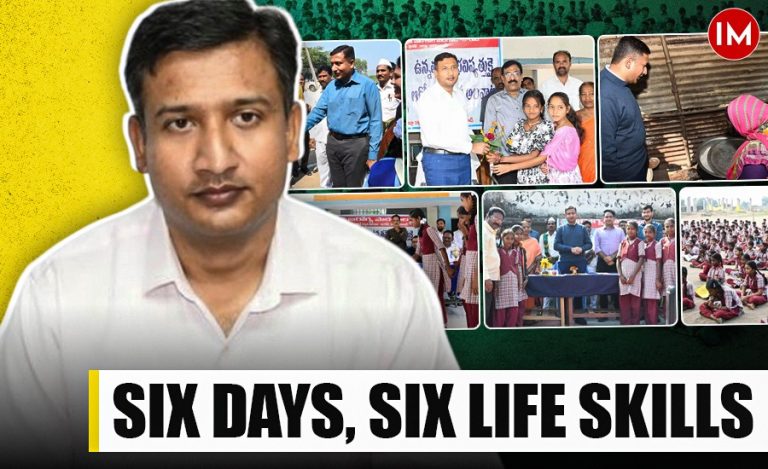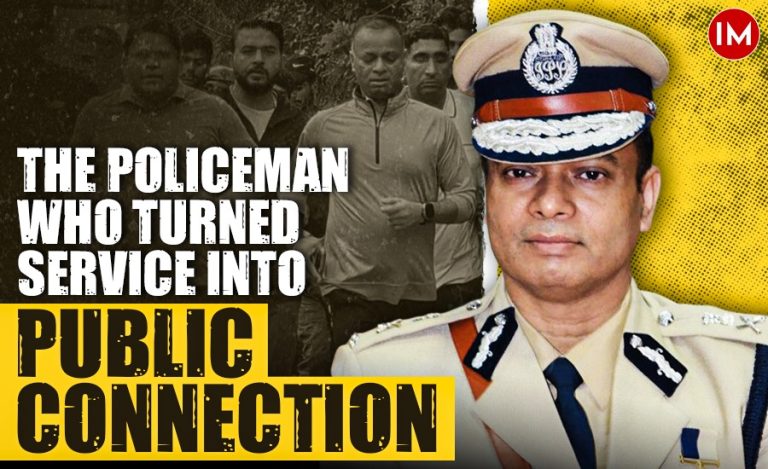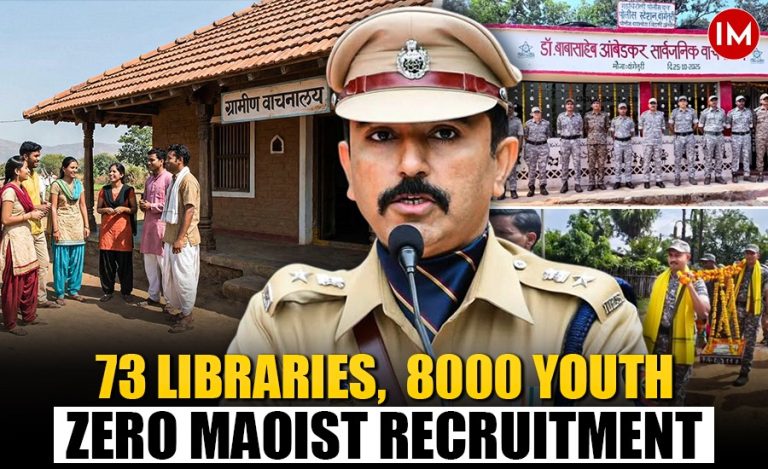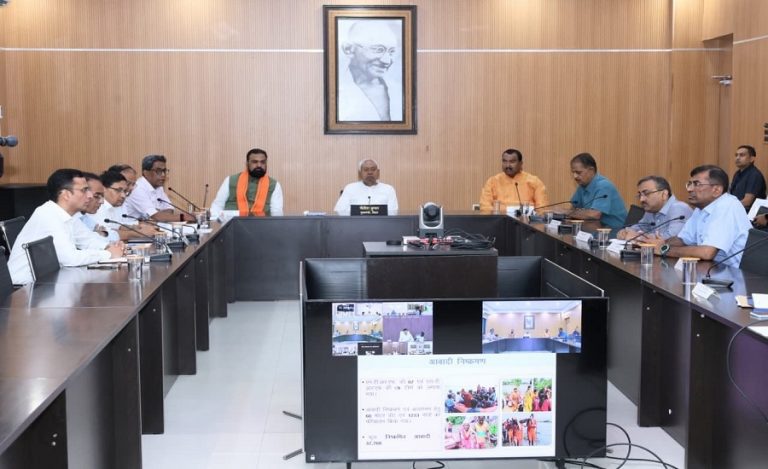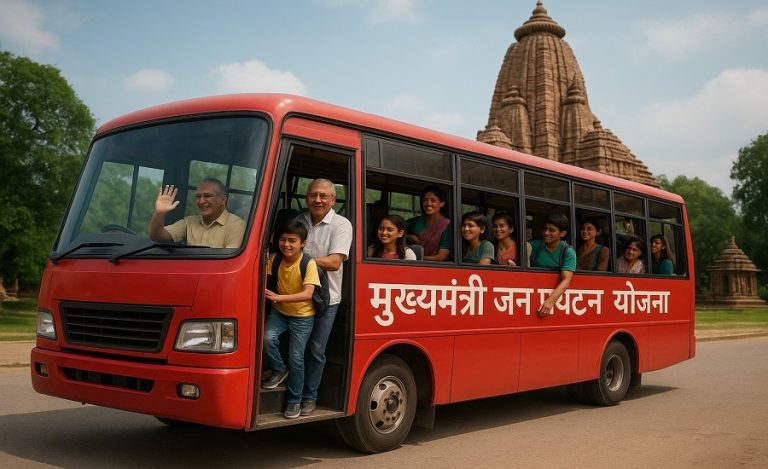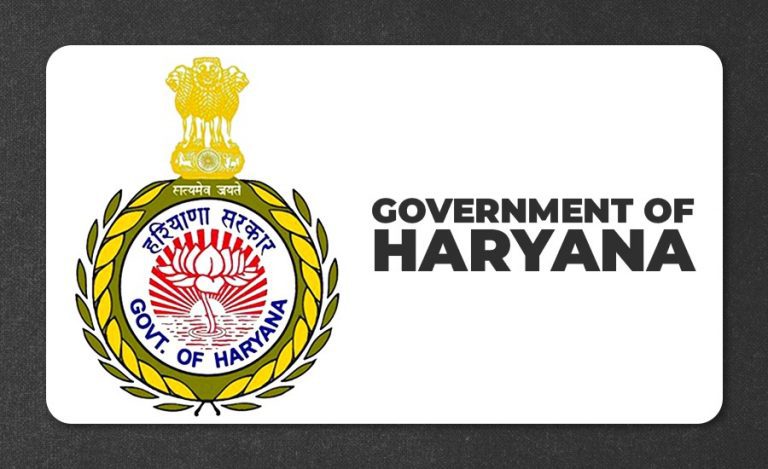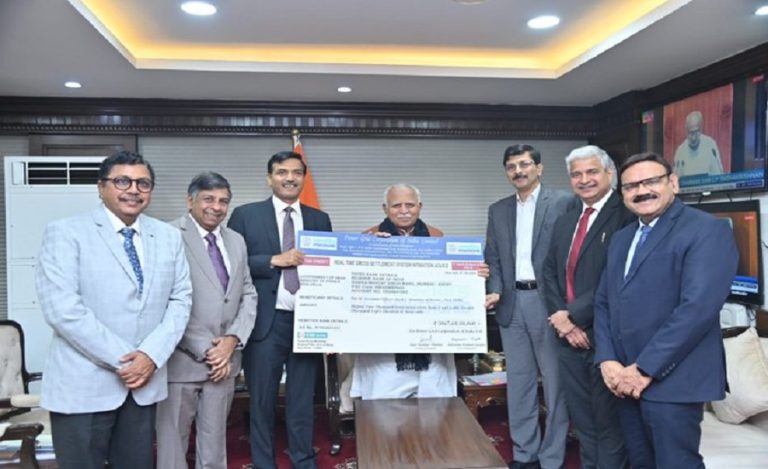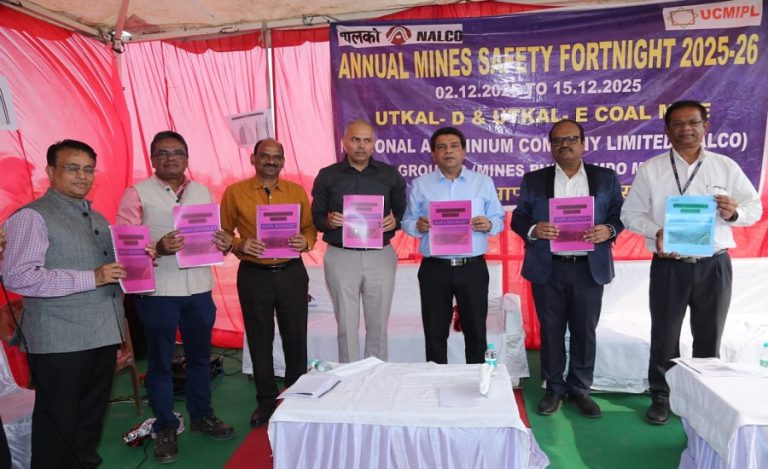At just 10 years old, Omkar has become the centre of an extraordinary interstate wildlife mission. Separated from his herd in Sindhudurg (Maharashtra) earlier this year, the young elephant wandered into northern Goa and began foraging in farmland near Tamboxem village, damaging banana, coconut, and paddy crops. 
The situation has compelled Maharashtra, Goa and Karnataka to unite under a common goal: guiding Omkar back into the wild and restoring his natural path. Goa’s forest department requested Karnataka’s kumki elephants and expert mahouts, while Maharashtra is preparing to receive Omkar for rehabilitation.
Speaking Exclusively to Indian Masterminds, G. Guruprasad, Conservator of Forests (CCF), Kolhapur, said,
“We have received the official order to capture Elephant Omkar. Currently, we are waiting for assistance from the Karnataka Forest Department. The elephant has largely settled in Maharashtra, though he has been temporarily sighted moving towards Goa.
The capture order remains valid till December 31. It was issued following one human fatality and extensive crop damage reported in April. Once the monsoon stops fully, we will proceed with the capture strategy.
We are also awaiting a trained, technical mahout from Karnataka or any other state that can provide expert assistance in handling the operation.”
The rescue plan is both delicate and complex. Teams of over 60 forest officials, along with veterinarians, will deploy thermal imaging, drones, and on-ground trackers, to monitor and eventually tranquilize Omkar without causing distress.  After sedation, he could be lifted in a crane and transported to a secure elephant camp in Maharashtra—fitted with a radio collar for future monitoring. 
Shoumita Biswas, former Head of Forest Force, Maharashtra who superannuated recently says, “In my opinion, wild elephants should live in the wild. So, we must focus on creating and protecting their natural habitat. Currently, the corridor connecting three states—Goa, Karnataka, and Maharashtra—is fragmented. That is why elephants are actively moving into the fields. We need to work on corridor development, and technology can play a major role in this.
Earlier, a pilot project was done in Hansa, where drone-enabled thermal cameras were used to generate timely alerts. This helped reduce human-wildlife interaction to a great extent. There should be a system to generate such timely alerts regularly. The forest department and villagers need to take preventive measures to protect their crops and other important assets.
There are three key steps we must focus on: first, corridor development; second, timely tracking; and third, involving the community. A QRT team should be formed, comprising forest officials as well as villagers, so that if a wild elephant is spotted, communication can happen immediately.
In West Bengal’s Hukula and in Gadchiroli too, similar measures have been taken. There are also other ways to drive elephants away from fields, but ultimately, we need a collaborative strategy to mitigate the issue and ensure both human and elephant safety.”
While villagers suffer crop losses, they have largely shown cooperation, working with officials to minimize conflict.  Operation Omkar stands as a rare example of cross-state collaboration to protect wildlife, reinforce corridors, and prove that conservation—and coexistence—can transcend borders.

